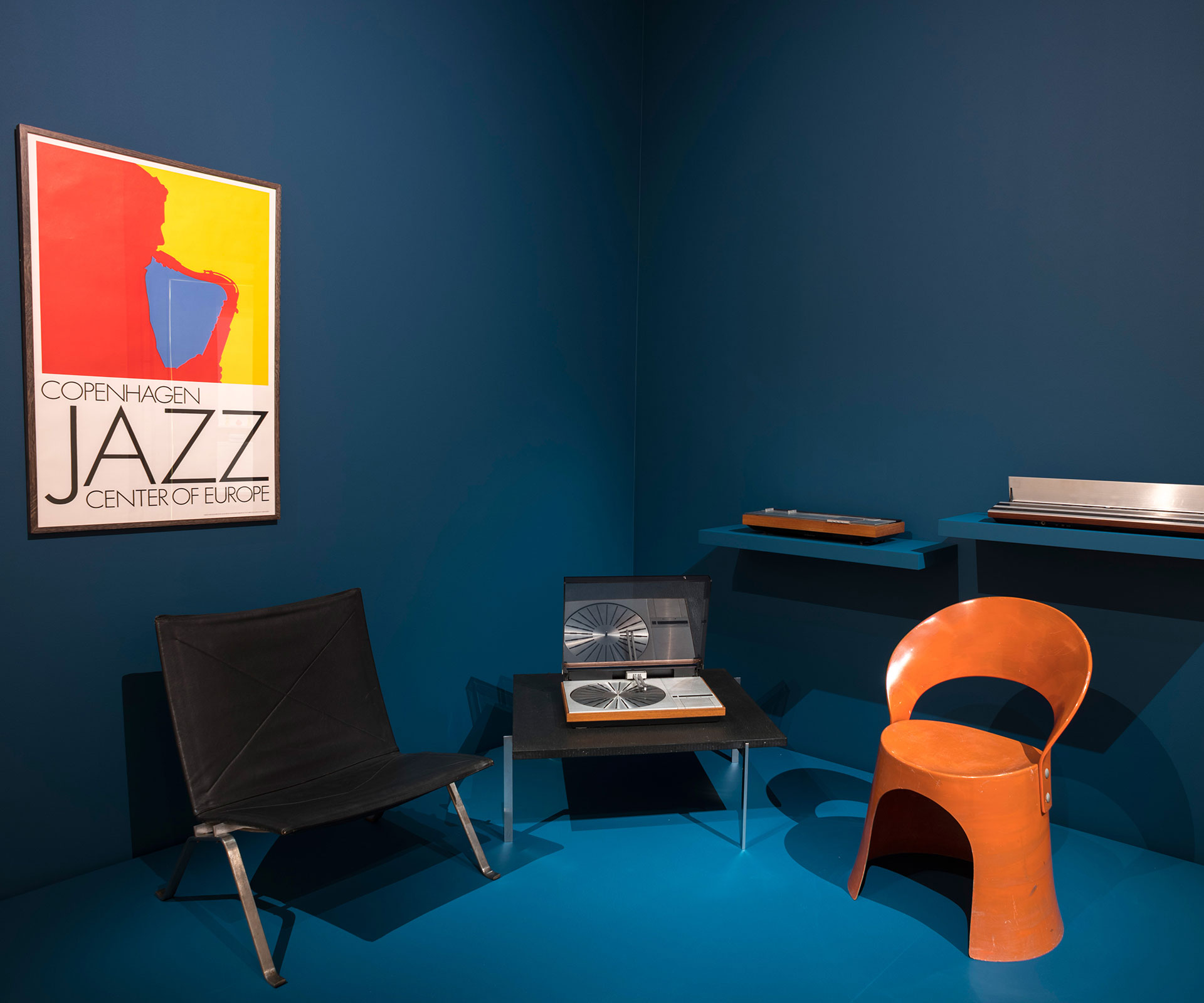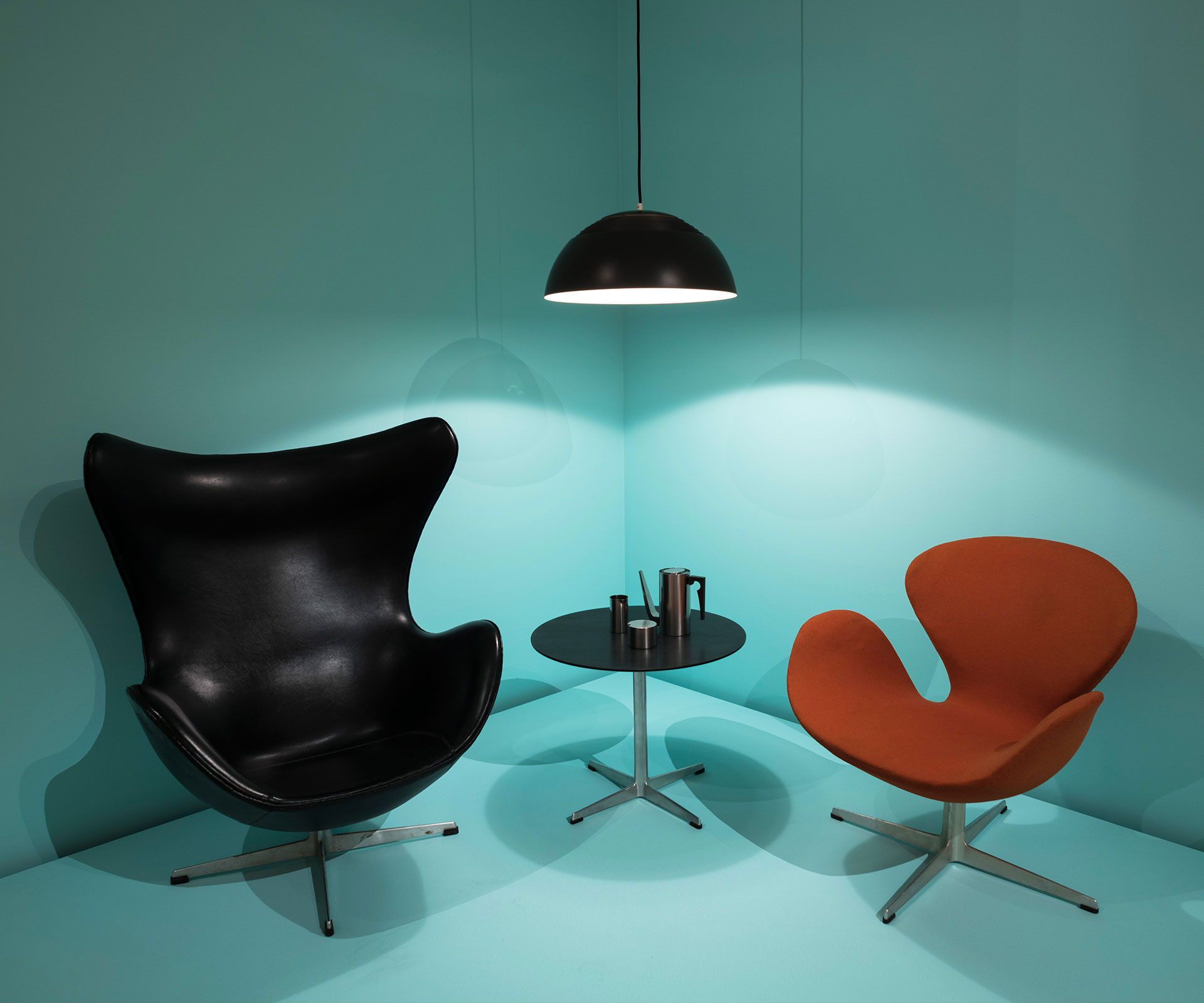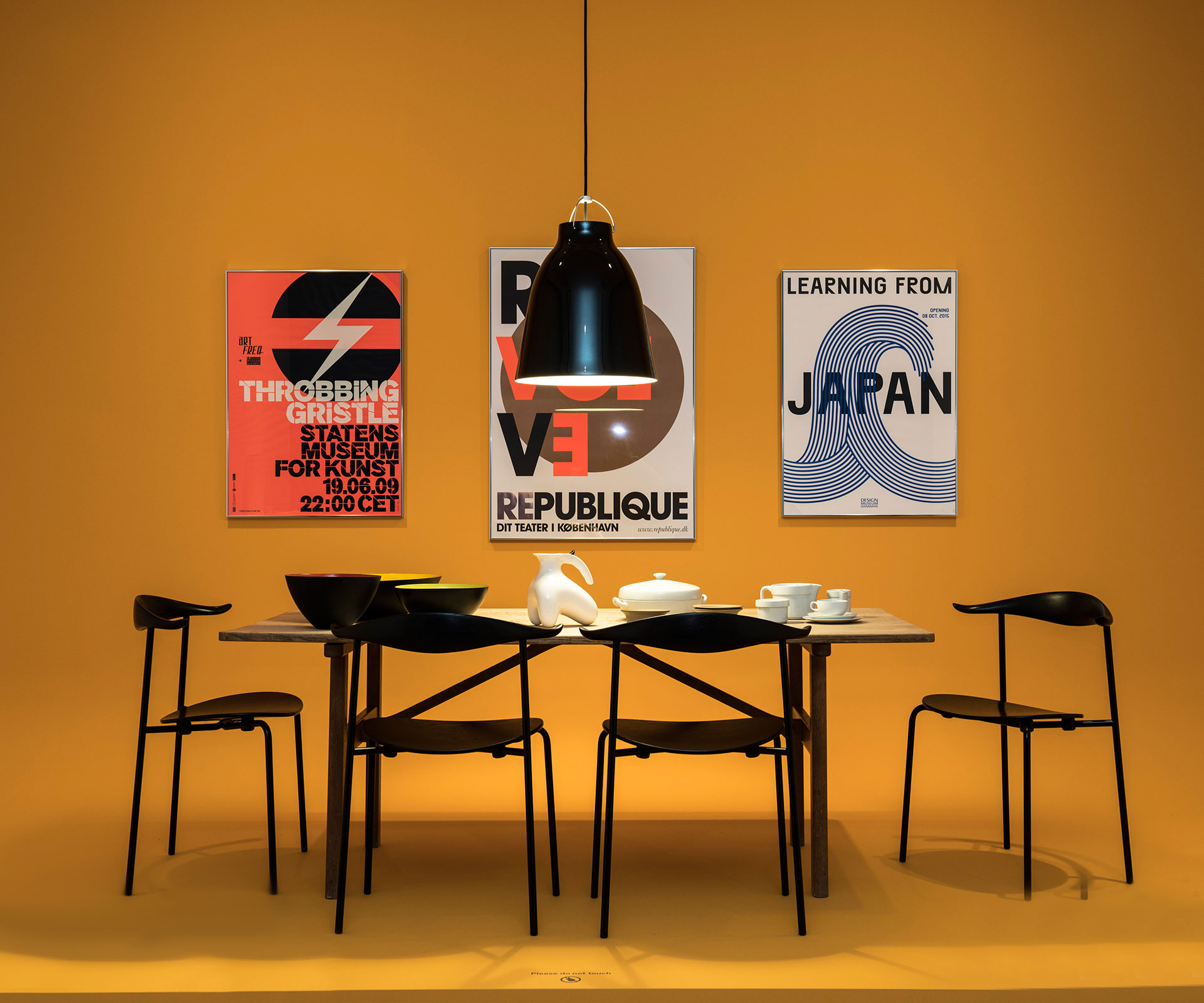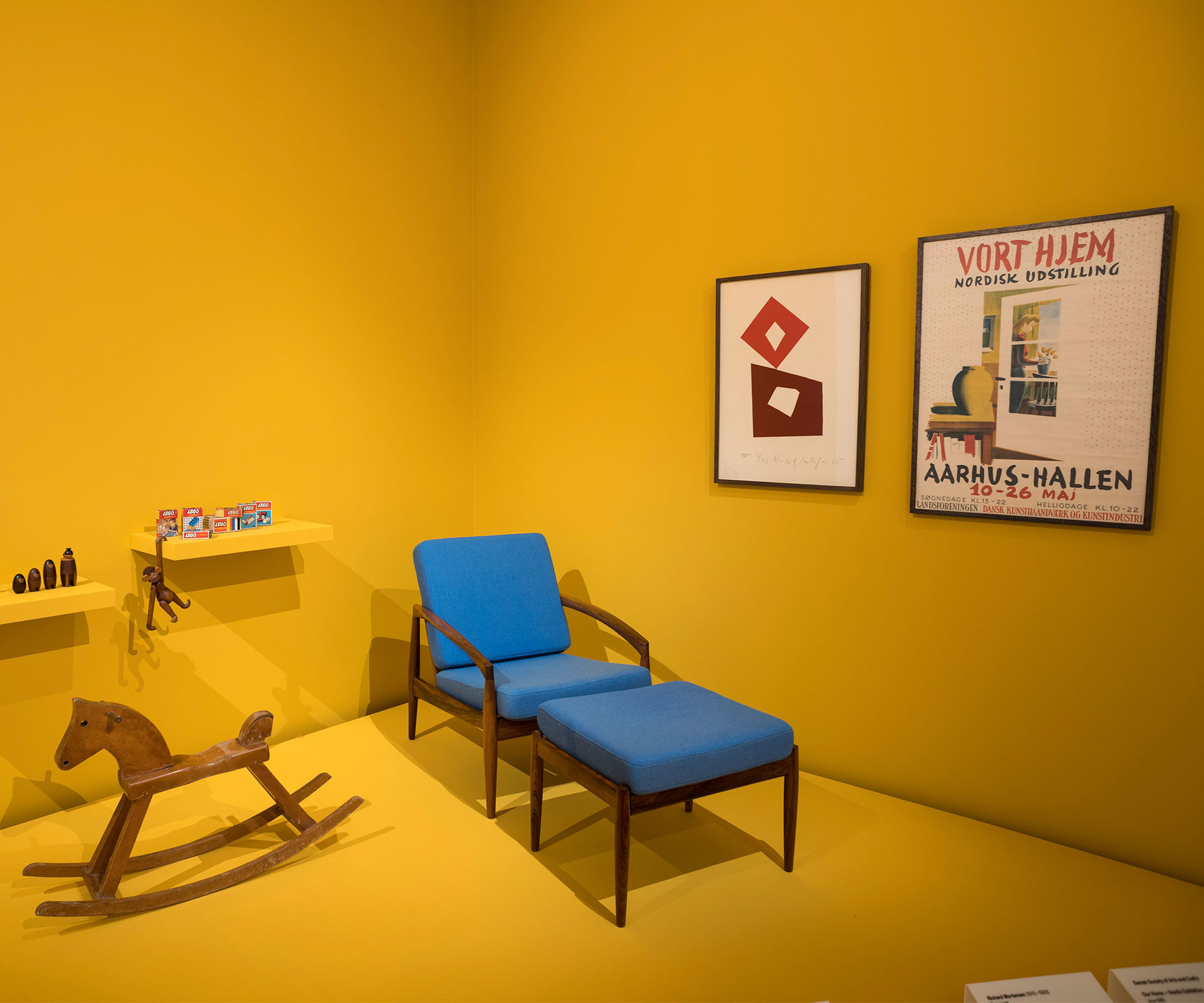Understanding these four simple design philosophies will help you create a home that makes life easier and more comfortable
From large and luxurious to small and simple, a well-designed home can come in many forms. But the essence of great design boils down to one thing: it makes you feel good.
Danish design has come to encapsulate the essence of good design through its comfort, functionality, and innovation — all of which are vital elements in that essential feel-good factor. By understanding the fundamentals of this basic design sensibility we can quickly see common ideas shared in any coveted home.
Emma Jameson is the coordinating curator at Auckland Art Gallery Toi o Tāmaki which is currently showcasing the Danish design aesthetic through over 200 objects in the exhibition Design Denmark. “(It’s) radical, it’s personal, it’s comfortable,” says Emma describing Danish design. “It turns the every day into an enjoyable, optical and tactile living experience.”
Danes are consistently named among some of the happiest people in the world with a culture that celebrates the art of living, so it makes sense their design work looks and feels so good.
Here, we round up four guiding principles of Danish design that will help you create your own well-designed home:
1. Simplicity
“Simplicity does not mean simple,” says Emma. Houses that nail this concept feel effortless in their combination of form and materials. You can see this idea in effect with Danish design where rigorous development and complex processes create simple and sculptural pieces. By refining the design and being deliberate with the choices that you make you can create more impact with how your home feels.
Start by figuring out how your home functions and knowing what your everyday needs are. Then look at how design can respond to these needs. This can come through in your layout, lighting, colour palette, and the shapes of your furniture and objects.
2. Practicality
Balancing style with practicality is the foundation of good design. Spaces and objects that have a purpose, whether it’s functional or inspirational, are what sets a well-designed home apart from the rest.
Emma says Danish designer Kaare Klint’s vision of functionality and the human form has had a profound influence on the practicality of design around the world. “(He) advocated in the 1920s for a strictly clean and functional design approach that stripped away any details not linked to the object’s purpose, construction or the shape of the human body.”
This pared-back approach may not be to everyone’s taste, but what it does demonstrate is that you can create a home that truly works for you by considering both purpose and environment. Whether it’s a room with a seamless connection to the outdoors or a precisely moulded chair, this practical consideration for how to make life easier and more comfortable is the centre of a well-designed home.
3. Sustainability
With the art of living well at the core of great design, it makes sense that sustainability should be a key element too. Sustainability can take multiple forms in a well-designed home. It can be as big as investing in certain materials and choosing particular building methods to as simple as vintage décor and upcycled furniture. It’s the idea of choosing highly crafted pieces that are designed to be enjoyed for a lifetime.
From the late 19th century Danish designers and architects started to advocate for designs that focussed on purpose and quality of materials. Emma says that more recently, design companies like Komplot Design have experimented with innovative, sustainable materials to create conceptually-charged, functional pieces for the modern home. “Danish furniture has always been intended for longevity, even before the invention of sustainable materials and technologies.”
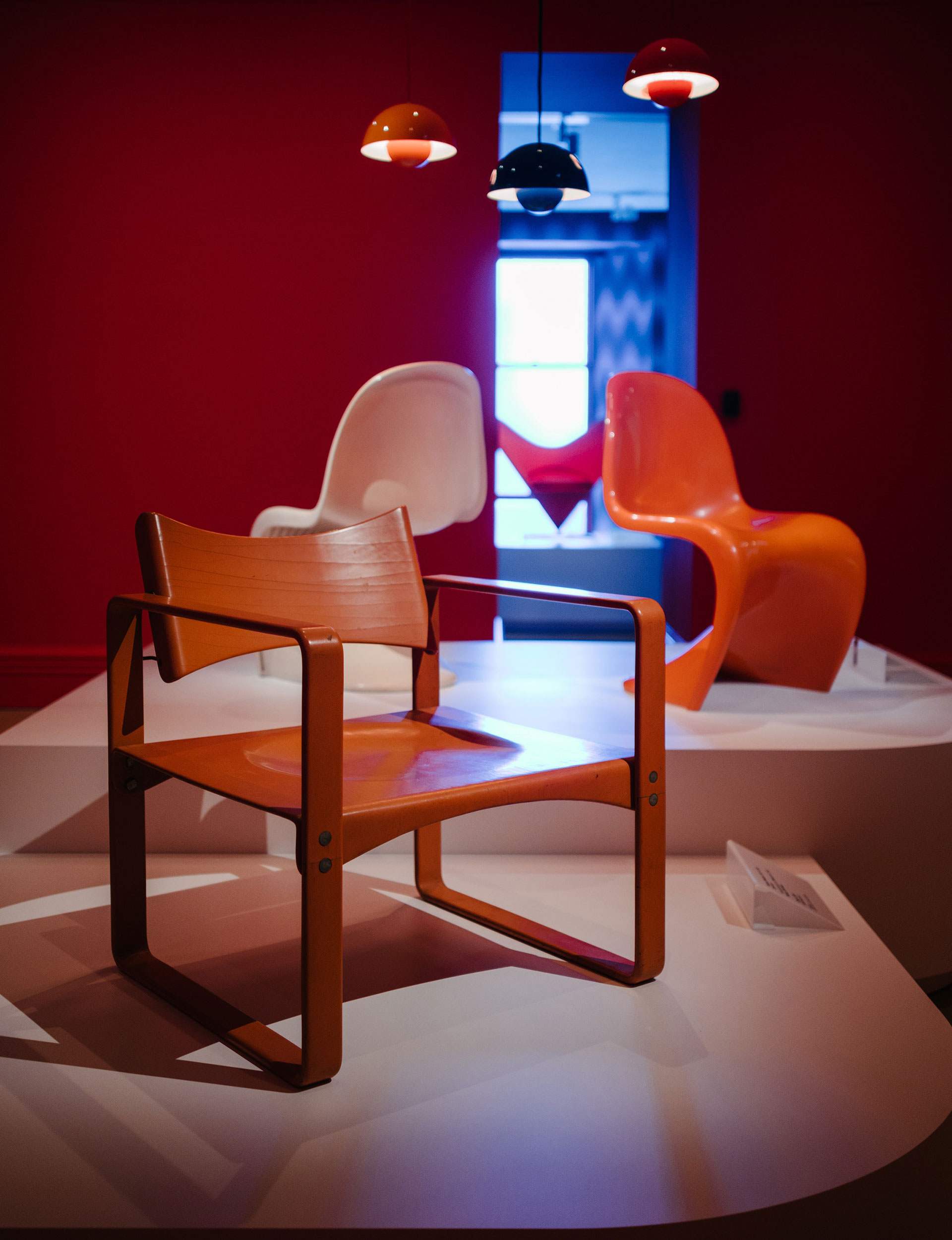
4. Good craftsmanship
What makes the ideas of simplicity, practicality and sustainability all possible is good craftsmanship. You’ll see that every well-designed home has a high quality of craftsmanship. This concept can transform simple spaces and everyday items into something extraordinary. Emma says one of her favourite pieces on show at the Design Denmark exhibition is Ole Jensen’s washing-up bowl. “I love how Jensen has transformed a very unglamorous, mundane household chore into a sensorial and optical experience.”
To bring this philosophy to your own home look to slow design that celebrates hand-crafted, sculptural pieces.
For more design
The best way to understand these philosophies is through experiencing great design in real life. Auckland Art Gallery Toi o Tāmaki is currently showing over 200 of the most famous pieces of Danish design in their exhibition Denmark Design.
With original works of Hans J Wegner, Arne Jacobsen, Jacob Jensen and Kay Bojesen, plus two immersive rooms, this is the must-visit exhibition of the summer.
Denmark Design is showing at Auckland Art Gallery Toi o Tāmaki until February 2, 2020. Visit aucklandartgallery.com
EXPERT PROJECTS

Create the home of your dreams with Shop Your Home and Garden
SHOP NOW

